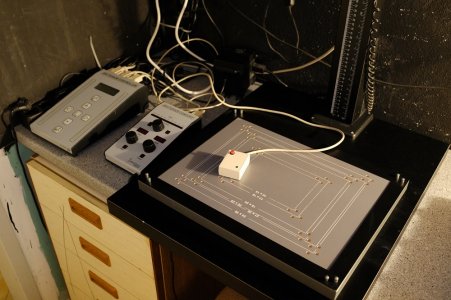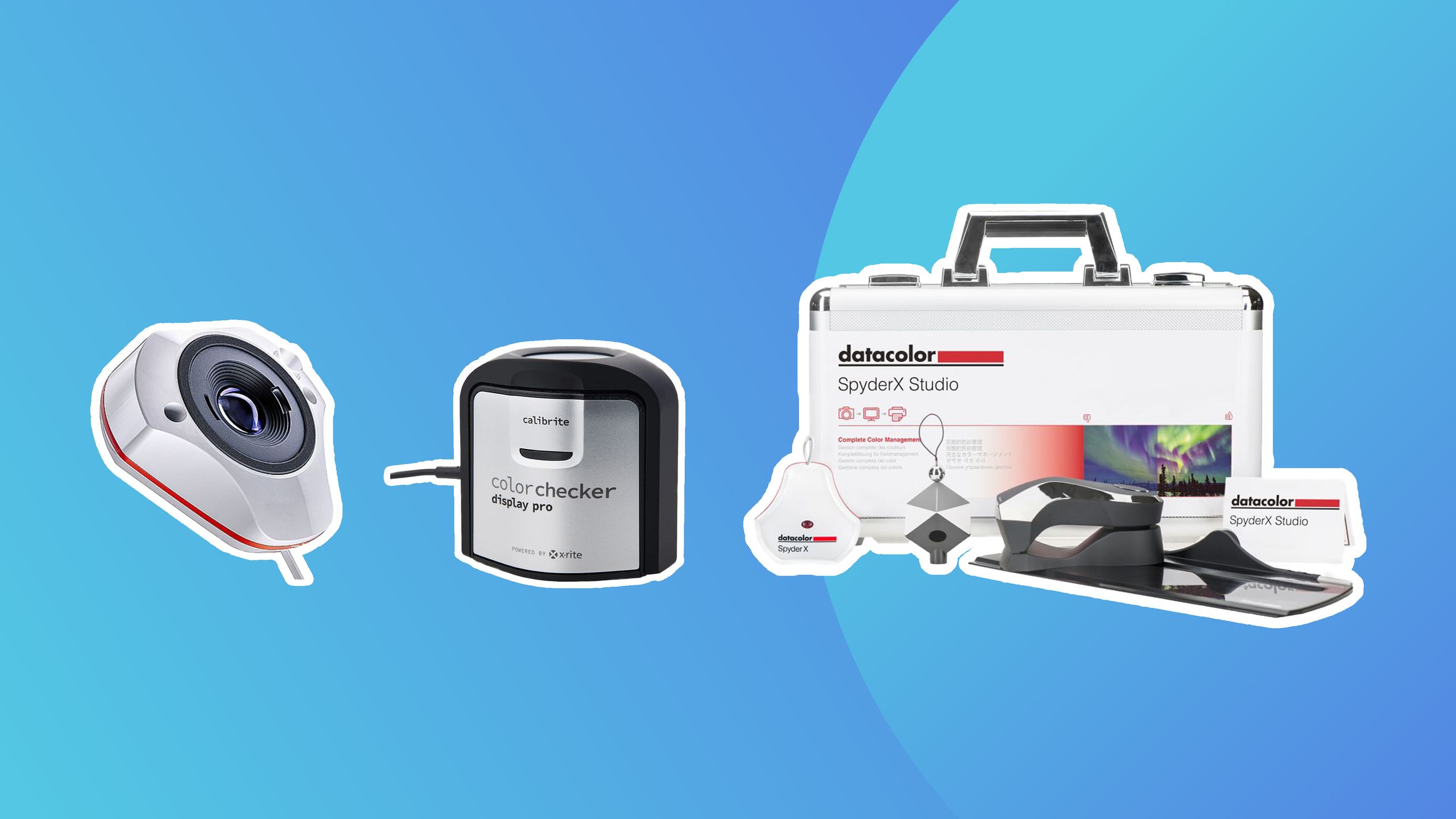Erik you keep stating that but it is far from the truth. That is what calibrating and profiling takes care of. I could send a file to X-ray for example and I would know he would be seeing it exactly as I do within probably 99%.
PRJ you’re absolutely correct. I think Erik would be surprised at how many people calibrate their monitors. I’ve discussed this before as to the value of calibration if part of your viewers aren’t calibrated. The best you can do is calibrate to a standard like we’re suggesting so that at lest those people see the image correctly. Otherwise no one would see what you were intending to show. Try here have to be standards in every industry, for example ISO. As we know this organization established standards for film speed. They set standards for all types of manufacturing for that matter so everyone around the world is on the same page. If there were no manufacturing standards General Motors would use totally different and possibly unique screw diameters and thread pitch. Tools wouldn’t fit nuts and bolts and parts for cars wouldn’t interchange between manufacturers.
If ISO didn’t establish film speeds then you’d have to use a different system for every maker of film and you’d never be certain if the actual speed. A good example was DIN and Weston speeds. Don was European, Weston American then ASA which became ISO. Lens f stops were by another standard in the 1800’s into the 1900’s. I don’t remember the name but I had a 1900’s triple convertible Protar VIIa that used the old system.
My cousin who’s a retired physician and should know better absolutely refuses to calibrate her monitor. She asked my questions, ignores the answer because it’s not what she wanted to hear then goes to her husbands friends for advice and winds up hating the end result. Go figure!!! She runs out a box of printer paper trying to make a good print and can’t figure why it doesn’t look like what she sees on her monitor. I gave up!!!
You mention the early days of 1.8 and 2.2 gamma. In those days about the only way to calibrate a monitor was with the monitor calibration module in Photoshop. What absolute crap that was!!! It never gave a calibration that was even close.
I did advertising related photography and worked with production managers and prepress and print shops. When profiles came in the printer / prepress house didn’t understand what they were and would discard them and imbed a generic Adobe profile which caused the color to be wrong. Then there are multiple color spaces. I’ve seen people releasing files with weird color spaces that can’t be reproduced. For web you use SRGB and for graphic arts printing Adobe RGB as you know.
Well we now have standards and for a good reason. This of us that survived printers blaming us for terrible color understand the need for standards.
Some people like my cousin don’t want to learn, I’m convinced. I finally took the attitude it’s her time and money, screw it. That’s where I am here. I’ll continue to do work to the standard I’ve always done and could care less what someone else does. They don’t make my work look bad, just theirs.
I think Erik’s problems l, as I stated before, go beyond his monitor. Looking at the tonal difference in his images, the high values that should be just under paper white are down around middle gray or just above. Dark values where he should be holding solid detail are down just above solid black. I’m comparing values within a print with the white border and black li e around the image.
Enough for me.





